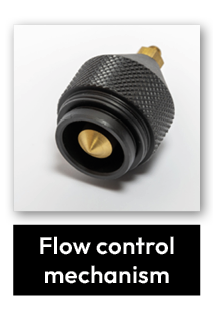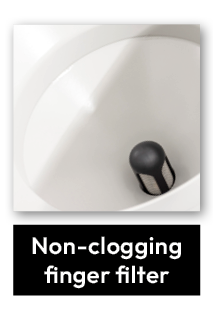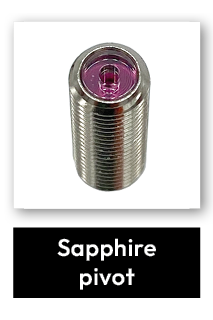3 key features of WMO-compliant tipping bucket rain gauges
July 1, 2025
If your operations rely on accurate and reliable rain data, check for 3 key features on your tipping bucket rain gauges.
1. Flow control to measure increasing rainfall intensity
 Rain doesn’t fall in uniform drops. More intense precipitation events are increasing the frequency of flash-flooding, landslides and other hazards. The WMO has warned about tipping buckets under reporting during heavy rain. To overcome measuring errors, a rain speed regulator or an advanced flow control mechanism is essential. This feature smooths out high-intensity bursts and delivers high accuracy:
Rain doesn’t fall in uniform drops. More intense precipitation events are increasing the frequency of flash-flooding, landslides and other hazards. The WMO has warned about tipping buckets under reporting during heavy rain. To overcome measuring errors, a rain speed regulator or an advanced flow control mechanism is essential. This feature smooths out high-intensity bursts and delivers high accuracy:
- ± 2% from 0 to 10 inches/hour (that’s 0–250 mm/hour)
- ± 3% all the way up to 20 inches/hour (500 mm/hour)
The result? The ability to log highest daily rainfall records (true story).
2. Filtering out literal junk (and bad data)
 Leaves, pollen, seeds, bugs and birds — rain gauges attract much more than water. When debris clogs the funnel, it threatens data accuracy. Worse yet, it leaves you with no data.
Leaves, pollen, seeds, bugs and birds — rain gauges attract much more than water. When debris clogs the funnel, it threatens data accuracy. Worse yet, it leaves you with no data.
That’s where the vertical finger filter comes in. A stainless steel, non-clogging sieve allows rain to pass through and keeps junk out. Fewer blockages mean fewer maintenance visits. They also mean more uptime and most importantly, no data loss.
3. Sapphire pivots that endure harsh environments
 Instruments left out in the elements need parts that don’t give up when the weather gets tough. Brass pivots are commonly found in other rain gauges.
Instruments left out in the elements need parts that don’t give up when the weather gets tough. Brass pivots are commonly found in other rain gauges.
However, jewel bearings hold up better without lubrication – and in corrosive environments. In particular, sapphire pivots are standard in KISTERS tipping bucket rain gauge. The ultra-hard, durable gems resist dust and eliminate friction. The long-term stable calibration reduces maintenance demands, giving these monitoring instruments up to a 30 year lifespan.
Not your average rain gauge
Now that you’ve discovered the default components in KISTERS rain gauges. Compare the different models, request a consultation or even a quote. Like these instruments, KISTERS is dedicated to deliver accurate environmental data over decades — not just seasons.
The next time someone is shopping for rain gauges, tell them to ask for the ones with sapphire pivots, finger filters, and smart flow control.